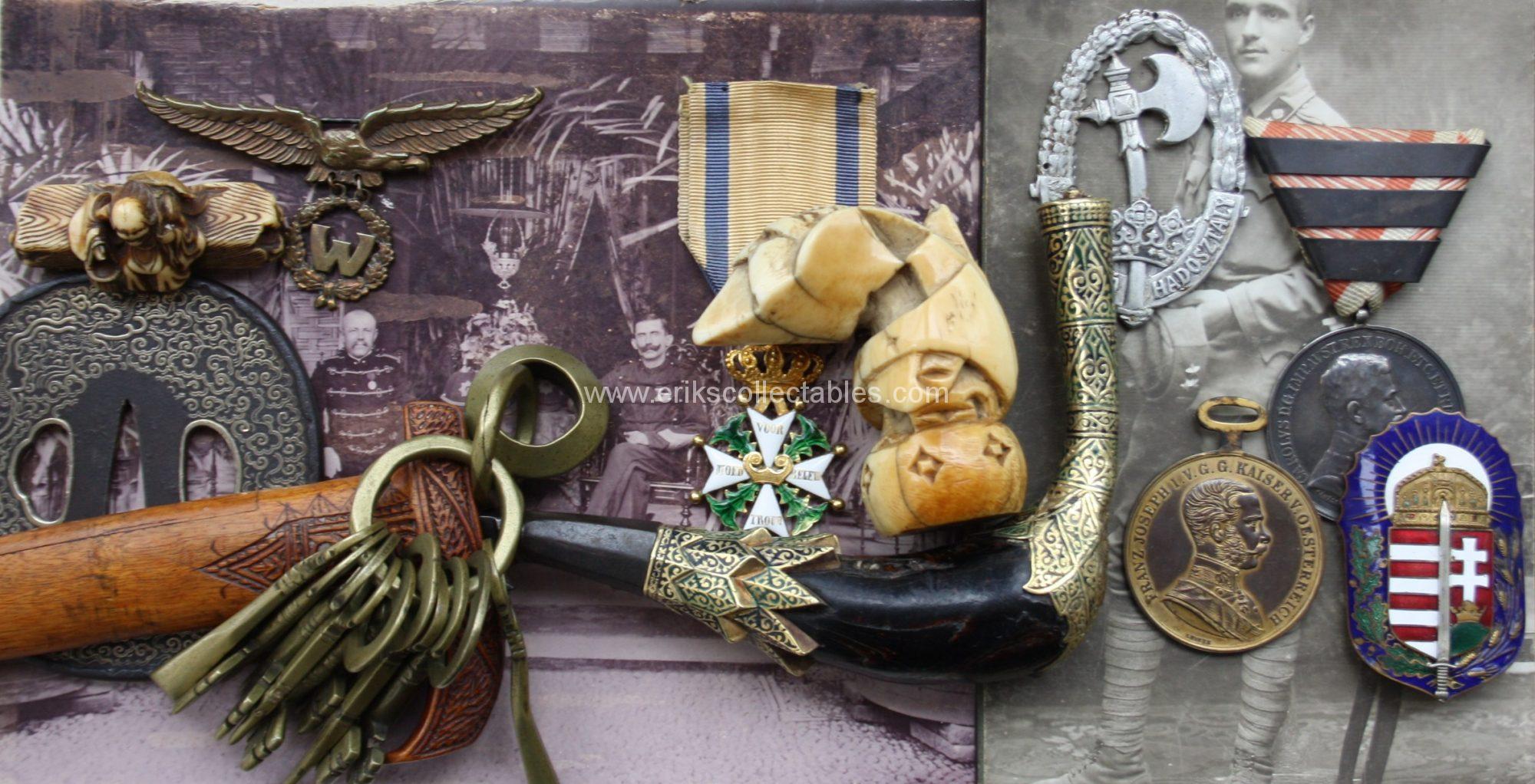Part of the standard equipment for an Aceh warrior was the shield. Two basic types existed the Peurise Awe and the Peurise Teumaga.
The Peurise Awe was a round shield made of rattan and decorated with brass stars. The number of stars on the rattan shield are most often either 5 or 7.

J. Klein Nagelvoort, Researcher and Author of the book “Toean Stammeshaus” gives some insight with his research on Aceh weapons. According to Stammeshaus the 7 stars are meant for military leaders or in the Aceh language Panglima’s and the version with 5 stars for regular warriors. If this is true is unkown but the 7 star version seems at least as frequent as the 5 star versions.
In place of the stars it could also be adorned with round pieces of brass with a starlike form within the circle and only a regular star in the middle.


Many small variations existed like pointed stars for example.


Similar shield with pointed stars. 
Detail of the photo above.
For use in war the shields were often covered inside and outside with either dark cloth or red cloth. Many nails were then added to keep the cloth in place.

Shield covered in dark cloth and with many “nails” as discussed above.
The Peurise Teumaga is a brass shield also adorned with either stars or more often round pieces of brass. These shields are very plain and simple but effective. They generally have a rim that is pointed outwards. The enitre shield is made of hammered massive brass and will have concentric circles engraved.
Front and back of a Peurise Teumaga with the original cushion and handles.
Again J. Klein Nagelvoort, Researcher and Author of the book “Toean Stammeshaus” mentions that according to Stammeshaus and his research the brass shields were only used only by the direct followers of the Sultan of Aceh. These are always small in size, around 30cm and relatively rare!
This would mean the brass shield are relatively old, so from the 19th century, practically from before 1874 where the rattan versions were still in use in the early 20th century.

Heavy brass shield, Peurise Teumaga, of the same type as top left in the Stammeshaus picture.
Peurise Teumaga, compare with the top right shield in the large photo above which is very similar.
An excerpt from the writings of Stammeshaus describing two shields from the large group picture above.
The often seen cast brass shields or other types with many decorations are not Aceh shields as they are often described as. These come from the more Southern parts of Sumatra (Minang Kabau) and are not meant for war at all, they can be considered tourist pieces from the first half of the 20th century! These are also often called dancing shields for performances. As the are cast they break quite easily and many examples have parts broken off. You will never see a picture a Aceh warriors with this type of shield!

Another variation are wooden shields. Although wooden shields did exist most examples seen today are tourist pieces and totally unfit for actual use in combat. I have not an original example in my collection.
There are many more variations and also sizes can be very different. Kreemer writes that shields in the Gajo area are generally larger e.g. ( J. Kreemer, Atjéh, 1922).
See also my other blogs regarding Aceh peudeung, status rencong and sirihcloth.















